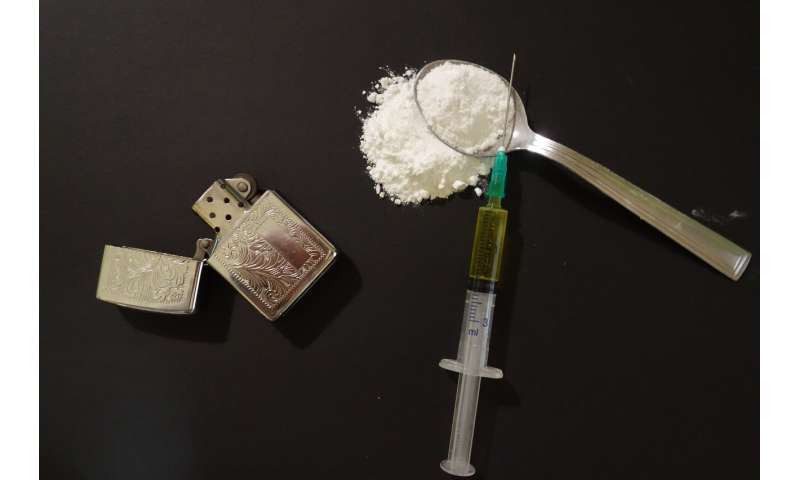Home » Health News »
Coronavirus can’t stem central Ohio opioid abuse

The notices have been posted like clockwork, just about every week, on the Franklin County coroner’s Facebook page and mentioned during the county commissioners’ daily administrative briefings.
Five people dead, six people dead, sometimes more, over 12- or 24-hour periods, often starting on Fridays and stretching over weekends. All from drug overdoses.
There were a dozen overdose deaths from May 15 to 17, and nine more over the Memorial Day weekend. Add to that 62 total during the month of April alone, Dr. Anahi Ortiz, the county’s elected corner, noted online.
David DeVillers, U.S. attorney for the Southern District of Ohio and a former assistant Franklin County prosecutor, has been keeping close tabs lately on the overdose numbers.
While other parts of the country are seeing declines in heroin and fentanyl and related drug overdoses and activities during the ongoing coronavirus pandemic, Franklin County stands out for its continued surges, he said.
“There’s no good news in Columbus … and there’s reasons for that,” DeVillers said. “We are a source city for the cartels.”
For all of 2019, preliminary statistics released by the coroner’s office included 597 overdose deaths, up 14% from 2018. Opioid-related deaths accounted for nearly 91% of the total.
During the ongoing coronavirus pandemic, there’s been less heroin and cocaine and fentanyl getting into the country from places like Mexico and China, DeVillers said. As a hub, however, Columbus is still seeing the drugs flow in.
In the past, those drugs have moved elsewhere as part of dealers’ distribution networks; now, more supplies are staying in Ohio’s capital city, DeVillers said.
“There’s still a trickle of heroin, cocaine, fentanyl,” he said. “It’s not going anywhere. It’s staying here. It’s being ingested here.”
Fentanyl is helping to to drive up Franklin County’s overdose numbers. The synthetic painkiller is increasingly mixed with cocaine and other drugs, and in larger quantities, leading to higher addiction rates and a larger likelihood of overdoses and deaths.
Often, users don’t realize they’re ingesting it.
Dealers “are using more fentanyl in these drugs,” DeVillers said. “They’re not pharmacists—they’re like butchers (conducting) surgery. … They’re not good at it.”
And there are more synthetic opioids making their way to the streets, lately including isotonitazene coming out of Europe, DeVillers said.
Officials are putting more emphasis on stopping people from using drugs to begin with. It’s a no-brainer: fewer people using, fewer people becoming addicted, less demand for product on the streets.
“If we don’t, we’re just going to get worse,” DeVillers said. “If you’re doing cocaine, you’re going to get addicted to fentanyl. … Our real goal is to try to make drugs, fentanyl, less accessible for the first-time users, because the people that are already addicted to it, they’re not going to stop.”
The county coroner and others also continue to urge users and their friends and family members to have supplies of the overdose-reversing drug Narcan, or naloxone, and fentanyl test strips on hand.
Because those street drugs being purchased?
Source: Read Full Article


